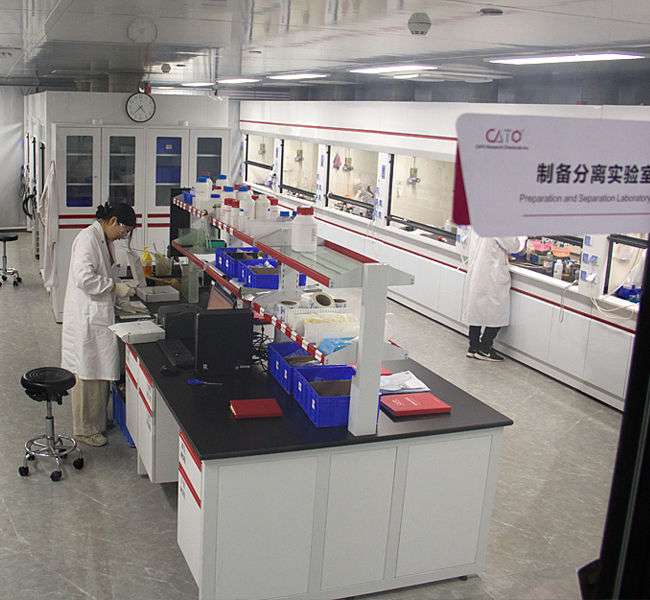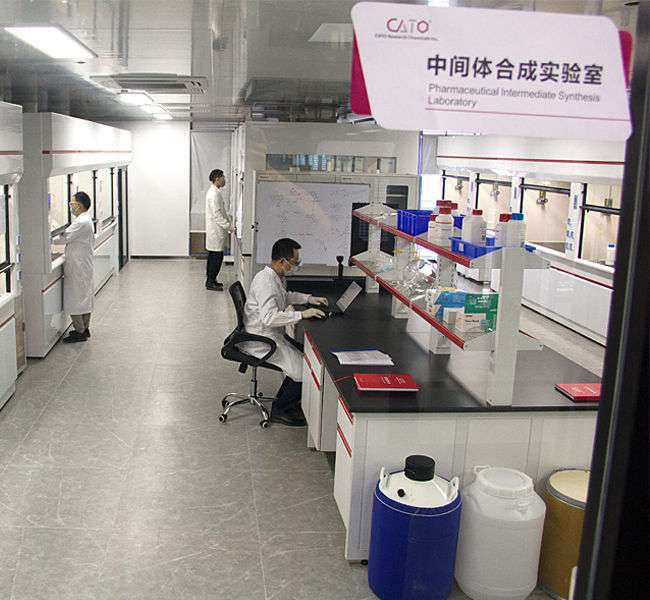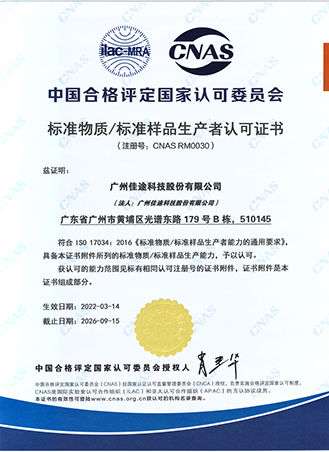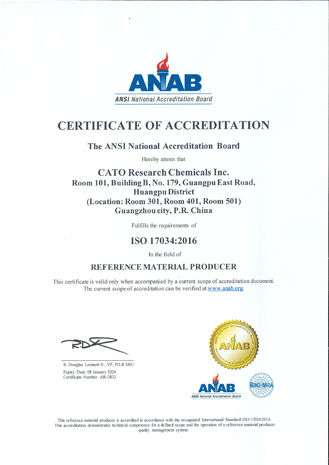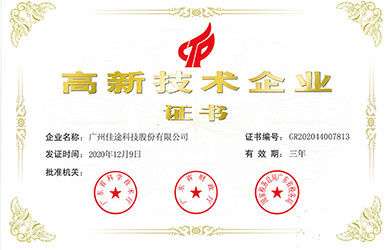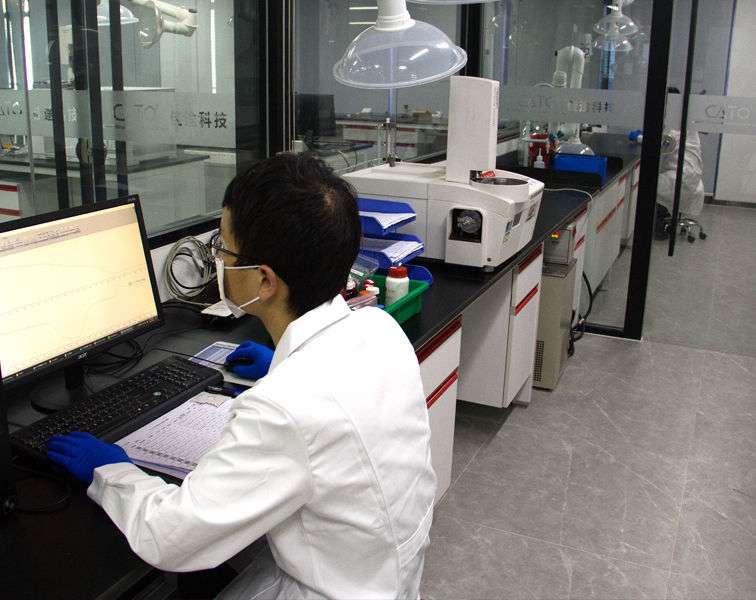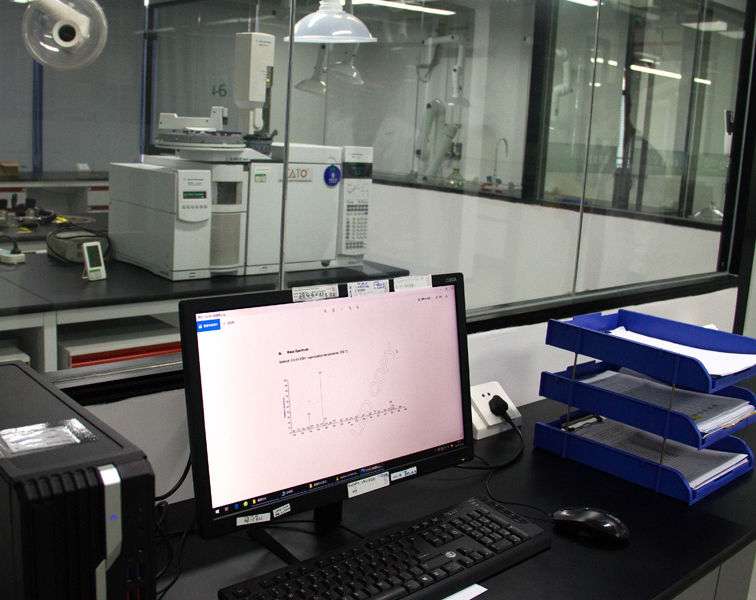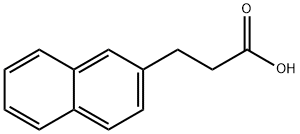2-Hydroxy-4-(trifluoromethyl)quinoline: Comprehensive Product Guide
Table of Contents
1. Product Overview & Specifications
| Parameter | 2-Hydroxy-4-(trifluoromethyl)quinoline | Standard Quinoline Derivatives |
|---|---|---|
| CAS Number | 125033-36-7 | Varies |
| Molecular Formula | C₁₀H₆F₃NO | C₉H₇N (base structure) |
| Purity | ≥98% (HPLC) | 90-95% |
| Melting Point | 162-165°C | 120-140°C |
| Storage | 2-8°C under inert gas | Room temperature |
2. Key Applications
Pharmaceutical Intermediates
Used in synthesis of anti-malarial drugs and kinase inhibitors due to its stable trifluoromethyl group.
Coordination Chemistry
Acts as bidentate ligand for transition metal catalysts in cross-coupling reactions (Suzuki, Heck).
Material Science
Building block for OLED electron-transport layers with enhanced thermal stability.
3. Usage Guidelines
Handling Protocols
- Use dry argon atmosphere for moisture-sensitive reactions
- Recommended solvent: anhydrous DMF or THF
- Optimal reaction temperature: 60-80°C
Derivatization Examples
- N-alkylation with iodomethane (yield: 82%)
- Copper-mediated C-H activation (TOF: 120 h⁻¹)
4. Performance Advantages
| Feature | Benefit |
|---|---|
| Electron-withdrawing CF₃ group | Enhances metabolic stability in drug candidates |
| Rigid quinoline core | Improves ligand-metal binding affinity |
| Low hygroscopicity | Simplifies storage and handling |
5. Client Case Studies
Case 1: Antiviral Drug Development
Client: Top 10 Pharma Company (Confidential)
Application: Key intermediate in HCV protease inhibitor synthesis
Result: 40% yield improvement vs. chloro-substituted analogs
Case 2: OLED Manufacturing
Client: DisplaysCo Ltd. (South Korea)
Application: Electron injection layer material
Result: 15% power efficiency gain at 1000 cd/m²
6. Request Custom Solutions
Our technical team provides:
- Bulk quantities (100kg+ batches)
- Custom derivatization services
- Regulatory support (REACH, TSCA)
Contact our specialists:
Email: info@vivalr.com
Tel: (86) 15866781826




